Key Takeaways
| Key Point | Description |
| Definition of JDM | JDM stands for Japanese Domestic Market, encompassing vehicles and parts made for Japan. |
| JDM’s Global Appeal | The unique design and performance of JDM cars attract a worldwide audience. |
| JDM vs. Export Models | Differences between JDM models and their international counterparts. |
| Cultural Impact | How JDM has influenced car culture globally, including in-car modifications and media. |
| Popular JDM Cars | Highlighting some iconic JDM models that have gained international fame. |
Exploring the Allure of JDM: Japanese Domestic Market Explained
JDM, an acronym that resonates with car enthusiasts worldwide, stands for Japanese Domestic Market. This term refers to vehicles and automotive components that were specifically designed and manufactured for use in Japan. What makes JDM uniquely fascinating is not just the cars themselves, but the rich culture and history surrounding them.
The Global Appeal of JDM Cars
JDM cars have garnered a massive following beyond Japan’s borders, intriguing car fans with their distinctive design, advanced technology, and superior performance. These vehicles often come equipped with features and specifications that are different from their export counterparts, adding to their allure. The Japanese automotive industry’s focus on innovation and quality has led to a reputation that JDM cars are often seen as benchmarks in their respective segments.
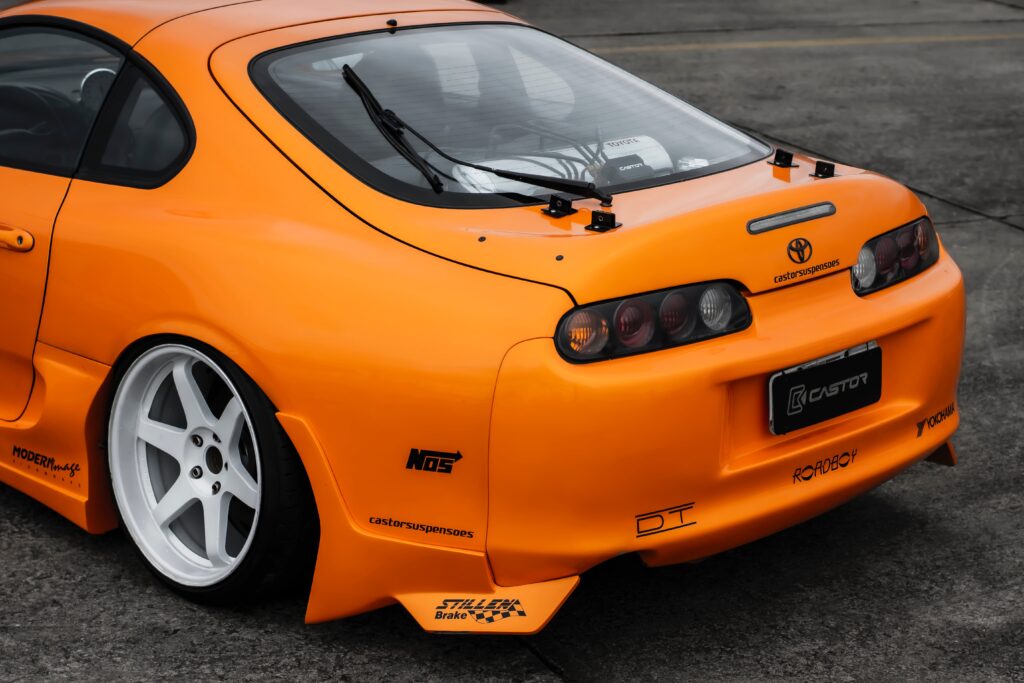
JDM vs. Export Models: Understanding the Differences
One intriguing aspect of JDM cars is how they differ from export models. These differences can range from engine configurations and power output to interior trims and exterior styling. For example, a Subaru Impreza WRX might have a more powerful engine or a different suspension setup in its JDM version compared to the models available in Europe or North America. This exclusivity often makes JDM cars highly sought after by collectors and enthusiasts alike.
The Cultural Impact of JDM
The influence of JDM extends far beyond the vehicles themselves. It has significantly shaped global car culture and influenced everything from automotive tuning and customisation to being a staple in popular media like movies and video games. The tuning scene, particularly, owes much to JDM, where car enthusiasts modify their vehicles for enhanced performance or aesthetics, drawing inspiration from Japanese trends and styles.
Iconic JDM Cars and Their Legacy
When discussing JDM, it’s impossible not to mention some of the iconic models that have become legends in the automotive world. Cars like the Nissan Skyline GT-R, Toyota Supra, and Honda NSX stand out for their performance and how they’ve shaped car culture globally. These models have starred in movies, and video games, and have a significant fan following, making them more than just cars – they’re cultural icons.
Understood, let’s delve into the Nissan Skyline R34 GT-R, a car that embodies the essence of JDM and has etched its name in automotive history.
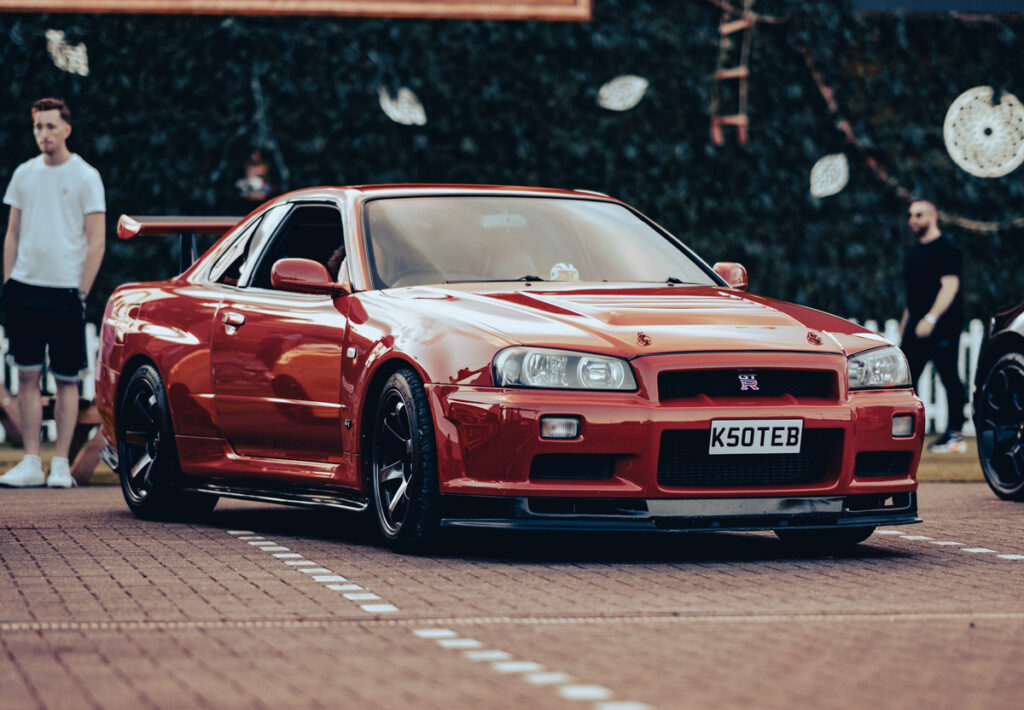
The Nissan Skyline R34 GT-R: A JDM Legend
The Nissan Skyline R34 GT-R is more than just a car; it’s a cultural icon that has captivated car enthusiasts around the world. Originating from Japan, this model is the culmination of Nissan’s long-standing Skyline series, which dates back to the 1960s. The R34 GT-R, produced from 1999 to 2002, represents the pinnacle of Japanese automotive engineering and design during its era.
The Birth and Evolution of the R34 GT-R
The Skyline series has always been a testament to Nissan’s innovation in performance and technology. The R34 GT-R was developed to dominate the racetrack and the streets, boasting advanced features like the ATTESA E-TS Pro all-wheel-drive system and the Super-HICAS four-wheel steering. It was built on the philosophy of “function over form,” with every aspect of the car fine-tuned for performance.
Why the R34 GT-R Is So Iconic
The R34 GT-R’s fame can be attributed to its extraordinary performance, groundbreaking technology, and its star role in popular culture. It gained worldwide fame in movies, particularly in the “Fast and Furious” franchise, which introduced the car to a global audience and solidified its status as a symbol of speed and style. The R34 GT-R also became a favourite among tuners and racers, revered for its tunability and raw power.
Nissan Skyline R34 GT-R Specifications
| Specification | Detail |
| Production Years | 1999 – 2002 |
| Engine | 2.6L twin-turbocharged inline-six (RB26DETT) |
| Power Output | 280 PS (206 kW; 276 hp) |
| Torque | 392 N·m (289 lb·ft) |
| Transmission | 6-speed manual |
| Drivetrain | ATTESA E-TS all-wheel drive |
| Weight | Approximately 1,540 kg (3,400 lb) |
| Top Speed | Electronically limited to 250 km/h (155 mph) |
| 0-100 km/h (0-62 mph) | Around 4.5 seconds |
The R34 GT-R not only embodies the spirit of JDM but also represents a key milestone in the evolution of performance cars. It’s a vehicle that tells a story of technological advancement, racing heritage, and a deep connection with car enthusiasts worldwide.
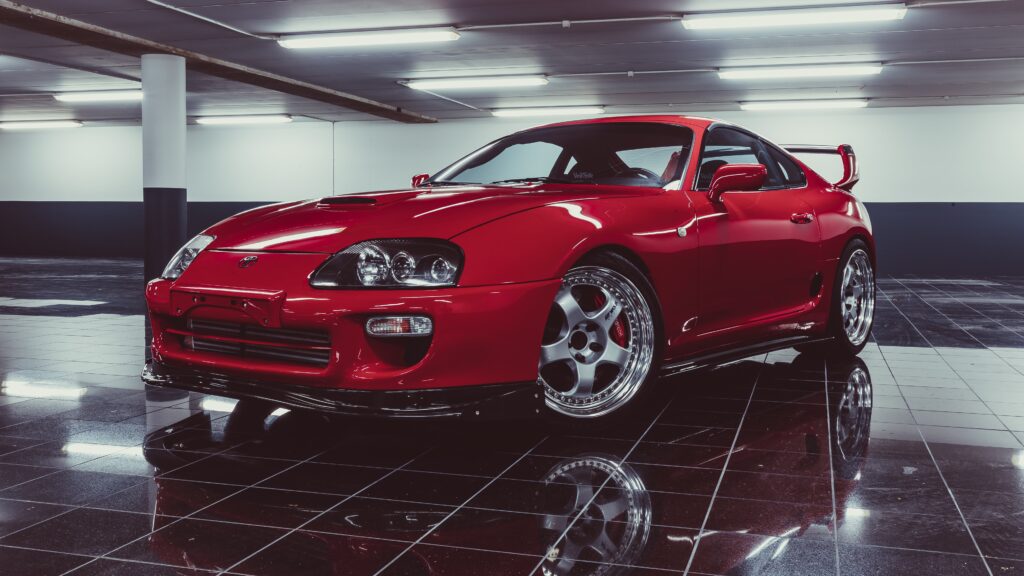
The Mk4 Toyota Supra: An Icon of Power and Style
The Mk4 Toyota Supra, officially known as the Toyota Supra A80, is a masterpiece of Japanese engineering and design, revered by car enthusiasts globally. Launched in 1993, the Supra was a bold leap forward from its predecessors, blending high performance with a sleek, aerodynamic design. It quickly became one of the most iconic cars to emerge from Japan, symbolizing the pinnacle of Toyota’s sports car prowess.
Origins and Evolution of the Mk4 Supra
The Supra’s journey began in the late 1970s as a derivative of the Toyota Celica, but with the launch of the Mk4, it became a distinct model. The A80 Supra was born out of Toyota’s desire to create a high-performance car that could compete with the best in the world. With its front-engine, rear-wheel-drive layout, the Supra was a departure from the typical sports car formula, offering a unique blend of power, handling, and luxury.
Why the Mk4 Supra Is So Iconic
The Mk4 Supra’s iconic status is partly due to its incredible performance capabilities, particularly its renowned 2JZ-GTE engine. This engine, known for its robustness and potential for high power outputs, became the heart of the Supra’s legend. The Supra’s fame was further cemented by its appearances in pop culture, most notably in the “Fast and Furious” movie series, making it a symbol of speed and performance for a whole generation.
Mk4 Toyota Supra Specifications
| Specification | Detail |
| Production Years | 1993 – 2002 |
| Engine | 3.0L twin-turbocharged inline-six (2JZ-GTE) |
| Power Output | Up to 330 PS (243 kW; 325 hp) |
| Torque | Up to 441 N·m (325 lb·ft) |
| Transmission | 6-speed manual or 4-speed automatic |
| Drivetrain | Rear-wheel drive |
| Weight | Approximately 1,570 kg (3,461 lb) |
| Top Speed | Electronically limited to 250 km/h (155 mph) |
| 0-100 km/h (0-62 mph) | Around 4.6 seconds (for turbo models) |
The Mk4 Toyota Supra represents the spirit of Japanese innovation and the relentless pursuit of performance. Its legacy continues to inspire car enthusiasts, tuners, and racers, making it a timeless icon in the world of JDM and beyond.
We now turn our attention to the Honda NSX, a car that redefined what a supercar could be and firmly established itself as a cornerstone in the history of JDM.
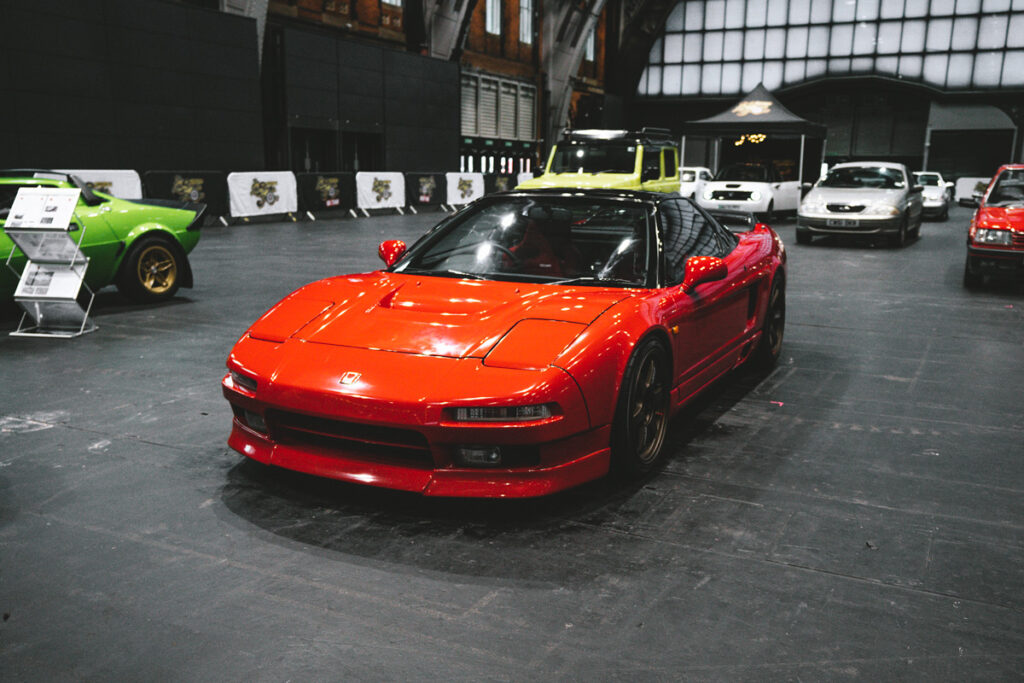
The Honda NSX: Redefining the Supercar
The Honda NSX, also known as the Acura NSX in North America, marked a revolutionary chapter in the supercar narrative when it was first introduced in 1990. This car was Honda’s ambitious attempt to compete with the best supercars in the world, and it succeeded remarkably, setting new standards in terms of performance, handling, and usability.
The Birth of the Honda NSX
Conceived in the late 1980s, the NSX was a product of Honda’s dedication to innovation and excellence. It was the first production car to feature an all-aluminium body, showcasing Honda’s commitment to lightweight construction and advanced materials. The NSX was also famously tested and fine-tuned with input from Formula One legend Ayrton Senna, ensuring it delivered a driving experience unlike any other.
Why the Honda NSX Is Iconic
The NSX earned its iconic status through its blend of high performance and everyday usability. Unlike many of its contemporaries, the NSX was designed to be a supercar that could be driven daily, with a comfortable interior and reliability unheard of in its class. Its performance was grounded in Honda’s racing expertise, featuring a V6 engine that offered a perfect balance of power and efficiency. The NSX’s impact was profound, influencing the design and engineering of supercars for decades to follow.
Honda NSX Specifications
| Specification | Detail |
| Production Years | 1990 – 2005 (First Generation) |
| Engine | 3.0L V6 (later 3.2L V6) NA1/NA2 |
| Power Output | Up to 290 PS (213 kW; 286 hp) |
| Torque | Up to 304 N·m (224 lb·ft) |
| Transmission | 5-speed manual or 4-speed automatic (later 6-speed manual) |
| Drivetrain | Rear mid-engine, rear-wheel drive |
| Weight | Approximately 1,370 kg (3,020 lb) |
| Top Speed | Up to 270 km/h (168 mph) |
| 0-100 km/h (0-62 mph) | Around 5.7 seconds (initial models) |
The Honda NSX stands as a testament to the ingenuity and vision of Japanese car manufacturing. It challenged conventions, reimagined what a supercar could be, and left an indelible mark on the automotive landscape, embodying the essence of JDM in its purest form.
Why JDM Matters in the Automotive World
JDM holds a special place in the automotive industry due to its innovative approach to car manufacturing. Japanese carmakers are known for their meticulous attention to detail, reliability, and pushing the boundaries of automotive technology. This focus on quality and innovation has set a high standard in the industry, influencing car manufacturers worldwide.

The Future of JDM
Looking ahead, JDM continues to evolve with the automotive industry’s shifting trends, like the move towards electric vehicles and autonomous driving technology. While the future of JDM might look different from its classic era, the spirit of innovation and the pursuit of excellence in car manufacturing remain constant.
In conclusion, JDM represents more than just a category of cars – it’s a symbol of quality, innovation, and a deep-rooted culture within the automotive world. From the streets of Tokyo to car meets around the globe, JDM continues to inspire and captivate car enthusiasts with its unique blend of style, performance, and cultural significance.

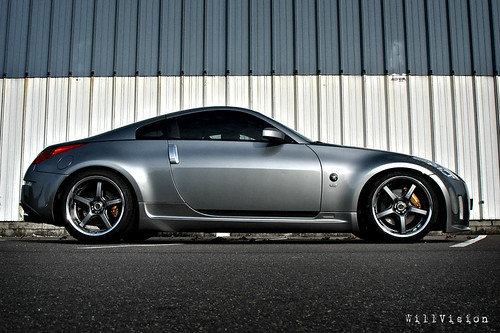
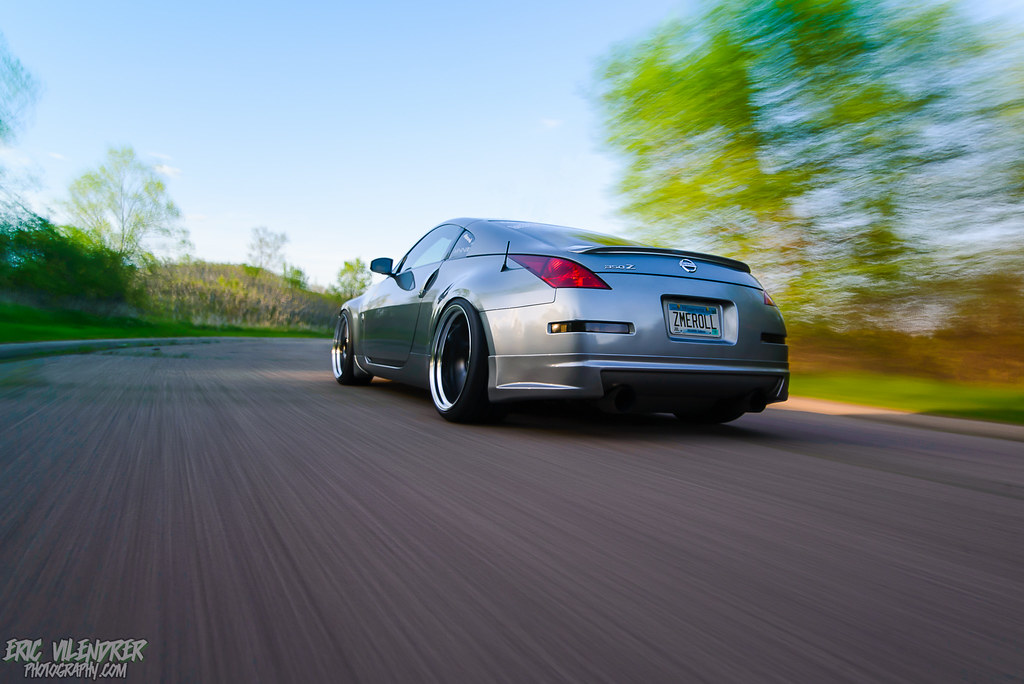

Add your first comment to this post